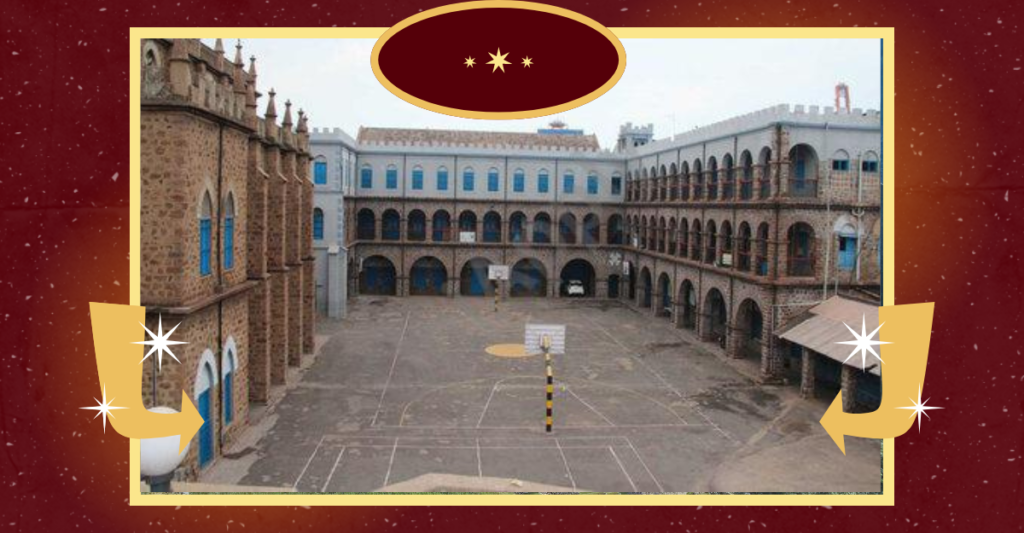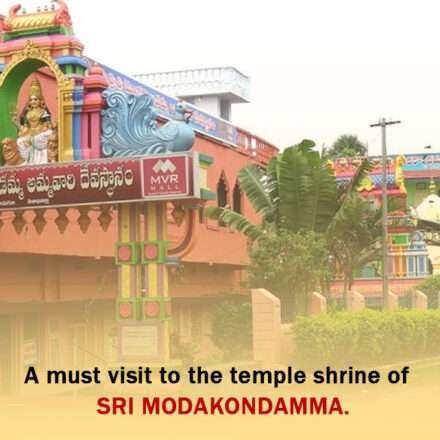Visakhapatnam the city of destiny is not only a place of natural and scenic views but also a place with its own historical importance . Let’s have a glance at some of the places with historical importance
The Dutch Cemetery
In the narrow alleyways and byways of the old Vizag, there is a Dutch Cemetery that dates to 1659. Memorials to those lost in the French War can be found here. The memorials for Settlement Chief Charles Simpson and Alexander of Paris, among others, are located in the Dutch Cemetery. The Dutch Cemetery in Bheemunipatnam is separated into two sections and is located close to the lighthouse. Dutch tombs can be found across the region, with British graves only at the entrance. The fifty-two tombs that are present in the cemetery all have the reason of death written on their tombstones and resemble pyramids.
The King George Hospital
The King George Hospital (KGH), another significant component of Vizag’s historical landmarks, has served as a symbol of medical assurance for the city and its surroundings ever since it first opened its doors in 1923. The Budhavarapu family contributed 35 acres of land for the construction of the main building, which is a monumental structure that dates to 1845. The royal Bobbili family built several of the structures. The architecture, elevation, and height of the large hospital’s buildings have all been chosen to ensure that there is enough light and ventilation.
The Collectorate
Construction on the Collectorate Building took place between 1865 and 1914. The Collectorate is a superb symmetrical E-shaped stone building with pyramidal roofs, two courtyards, and a central buttressed porch with semicircular arch openings. On one side of the porch, there is a sizable circular buttress that serves as a watchtower and has a spiral staircase inside. Above the porch’s arch entry is an elegant-looking central bay window. The timber rafters that support the bottom floor’s roof depend on steel I-sections. The first-floor corridor features a wooden balustrade in some areas and a stone one in others.
The Victorian Town Hall
The Victoria Town Hall was constructed by the Maharaja of Bobbili in 1893 to honor Queen Victoria’s Diamond Jubilee and was given to the city in 1904. This symmetrical building has a great perspective of the harbor and is perched atop a broad knoll that rises significantly above sea level. This building has a double story with a pitched roof.
On either side of the structure are stone towers with conical wooden roofs. The towers are shaped like watchtowers and contain tiny semicircular arched entrances. The building’s entrance features a beautifully carved wooden eaves board. Elegant stonework on the building has greatly influenced subsequent construction.

Mrs AVN College
What do eminent figures like Nobel laureate Sir C.V. Raman, Sonthi Ramamurthy, ICS, Sri B.S. Sarma, a former member of the Viceroy’s Executive Council, Sri Tenneti Viswanadham, Prof. B. Rama Chandra Rao, a former vice chairman of the University Grants Commission, Sri S.V. Rangarow, Alluri Seetharama Raju, Dr. M. Gopala Krishna Reddy. They are affiliated with Mrs. AVN College and the university. This institute was first established in the 1860s as “The Anglo Vernacular School,” a school. It was established by prominent, like-minded people such Maharaja Sri G.N.Gajapati Rao, Mr. E. Fane, Collector of Vizagapatam, Sir Alexander Grant, Inspector of Schools, and Sri Chendiga Venkata Swamy Naidu with the primary goal of uplifting the underprivileged via education. One of the oldest vernacular schools in all of Andhra Pradesh, AVN College has been operating successfully for more than 150 years and counting.
Hawa Mahal
One can be found in Vizag, a large structure on Beach Road that faces the water. This well-preserved historical structure, which was formerly a palace, is still in use as a well-liked location for several public events. The large, symmetrical historical building with a view of the ocean is a popular tourist destination and is the site of several events and art exhibitions. This building was constructed between 1917 and 1921 by the Jeypore Samsthanam as a transit stop and summer residence for the royal family of the former princely state of Jeypore (now in Orissa). It is made to take full use of the refreshing sea breeze.
The palace once hosted numerous grand entrances by the royal family, their honored guests, and their large retinue as they gathered here for the summers on ornately painted elephants and horses. Many governors and other dignitaries also visited this majestic house. When Jawaharlal Nehru visited Visakhapatnam in 1961 to launch the Jalusha, he was among the notable visitors to this majestic mansion (the first ship manufactured by the Hindustan ShipYard.) The first President of India, Dr. Babu Rajendra Prasad, also stayed in this mansion.
St. Aloysius’ Anglo-Indian High School
A proud school wraps up this stroll past Vizag’s ancient landmarks. Anglo-Indian High School St. Aloysius is a special synthesis of modern conveniences and historical splendor. The big, towering edifice near the sea that faces north is a heritage property with Gothic-inspired design elements. Even the INTACH gave the school a prize for the best-preserved historic structure. The Missionaries of St. Francis De Sales (MSFS) priest Fr. Tissor started this school in 1847 in a tiny two-room home that protruded into the sea in the Old Town Area, making it the oldest missionary school on the Coromandel Coast between Kolkata and Chennai. The first industrial school for the poor was established in 1890 under the auspices of M.S.F.S., the Brother’s Workshop, and it was the first to offer boarding accommodations. The institution is definitely a unique asset to Vizag with so many firsts.



